
Customer Connection
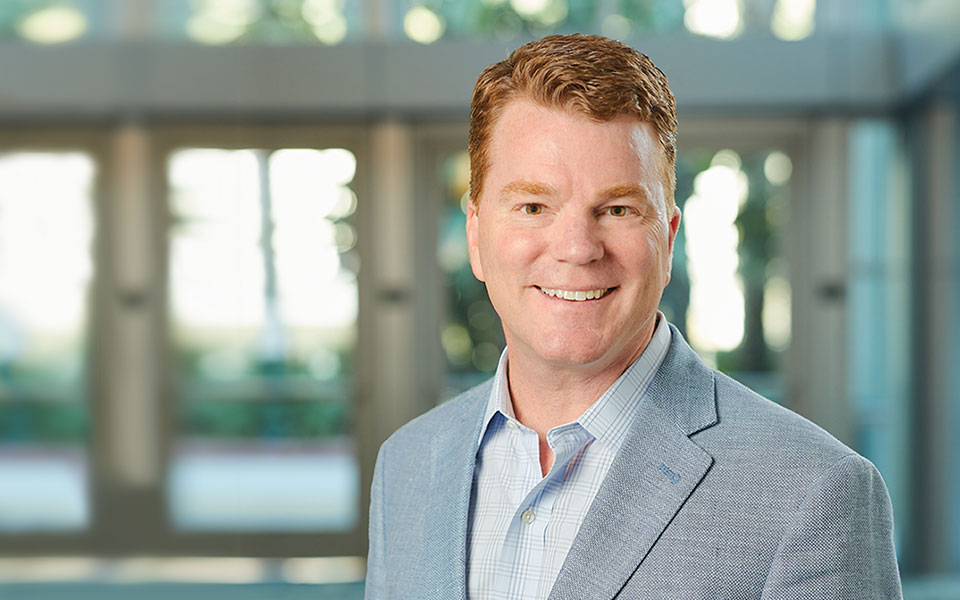
A Note from Colin Sabol: The Xylem Ecosystem
2019 has been an important year for our work together. You provided vital resources to your communities – water, gas, electricity and lighting. We developed and supported solutions that helped you deliver those resources faster and more efficiently. Together, we collaborated to strengthen the communities in which we live and serve.
We are all part of a consultative partnership and ecosystem that includes Xylem employees, partners, distributors and customers like you. This ecosystem is a resource to help you innovate and solve problems. Let me share a few ways that you can put it to work in 2020.
Talk to us about the challenges you are facing – whether they are related to our solutions and your system or something entirely different. We are here to connect you with organizations that have dealt with similar challenges. You can also connect with peers and industry experts in October at the Xylem Reach 2020 Conference and by joining the Sensus Partner and Advisor Network (SPAN). Our incoming SPAN leadership is at the helm of 250+ utility leaders working together to maximize the value of their networks, share ideas and best practices and provide feedback on our product roadmap.
Consider ways to get more value from your network. Hancock-Wood Electric Cooperative combined Sensus Distribution Automation solutions with the FlexNet® communication network to minimize outage problems and quickly respond to member needs. Park City, Utah reduced non-revenue water by ten percent this year with solutions from across Xylem. These customers are just two examples of the benefits your network is capable of delivering.
Tell us what’s working, and where we can improve. A key part of this ecosystem is the relationship we have with each of you. We’re listening, and developing new products like our Sonix IQ™ Ultrasonic Gas Meter with your needs and feedback in mind. Tell us how our solutions are working, and what you’re looking for in future products. Our team is here as your advocate and partner, as exemplified by our employee Reach Award Winners Paul Honchar and Jane Dunbar.
Lastly, let’s strengthen the power of this ecosystem by volunteering together in 2020. We have hosted several Watermark events with our customers this year, including the Reach beach clean-up. Let’s continue the great work in 2020. Invite us along to participate in the causes your organization supports or get involved in our next month of service which runs from March 22 (World Water Day) through April 22 (Earth Day). This ecosystem is all about the impact we can make – together.
I want to thank each of you for your continued partnership, and I look forward to more great work together in 2020.
Wishing you and yours a happy holiday season,

Colin R. Sabol
Senior Vice President and President
Xylem Measurement & Control Solutions
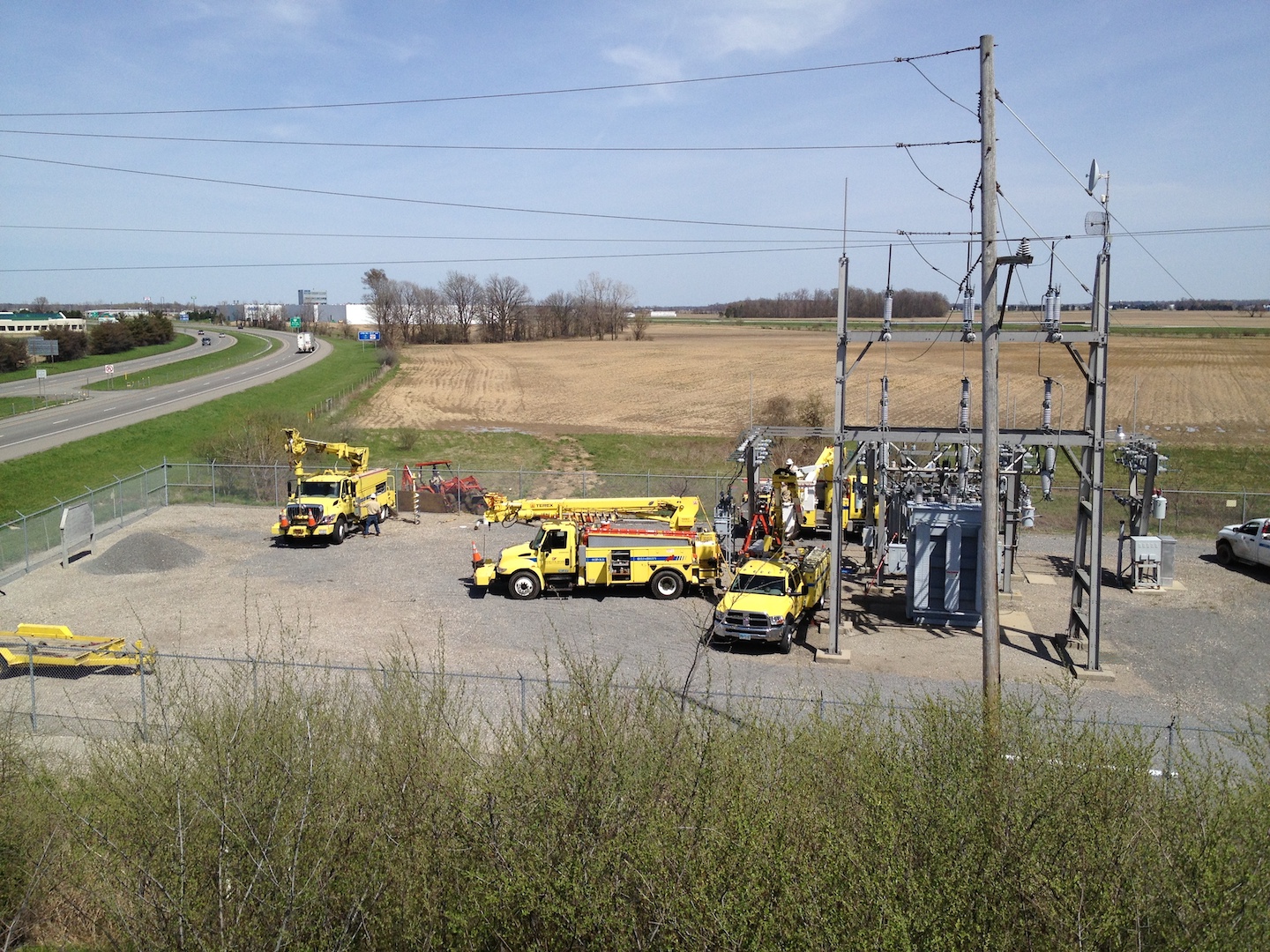
Customer Spotlight: Hancock-Wood Electric Cooperative
Hancock-Wood Electric Cooperative was an early adopter of the power line carrier (PLC) system for electrical metering. After the system started to show its age, the team decided to make the transition to advanced metering infrastructure (AMI) to drive reliability and efficiency for its 11,300 members in northwest Ohio.
Hancock-Wood selected the Sensus AMI solution with Distribution Automation (DA) capabilities to enhance system dependability and minimize outages. The new solution allowed their team to enhance member services because of the real-time monitoring and connectivity.
“We went from getting one meter read per month to 3,000 per month with the Sensus AMI system,” said Hancock-Wood Senior Engineer Ryan Goolsby. “It instantly removed so much guesswork for our technicians as they monitored and managed meters.”
Read the case study to learn how Hancock-Wood uses the Sensus DA solution to enhance the member experience.
The next customer spotlight could be you. Contact Lindsay Hill to share your story.
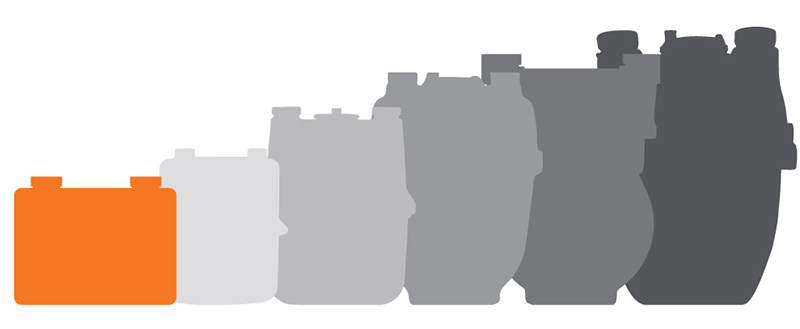
Solution Spotlight: Sonix IQ™ Gas Meter
Meet the latest smart gas meter created by Sensus – the Sonix IQ™. This residential gas meter offers precise ultrasonic measurement along with integrated communications in a shape that’s half the size of a traditional mechanical meter. With its compact size and advanced smart sensing functions, the Sonix IQ will support gas utilities with greater operational efficiency and cost savings.
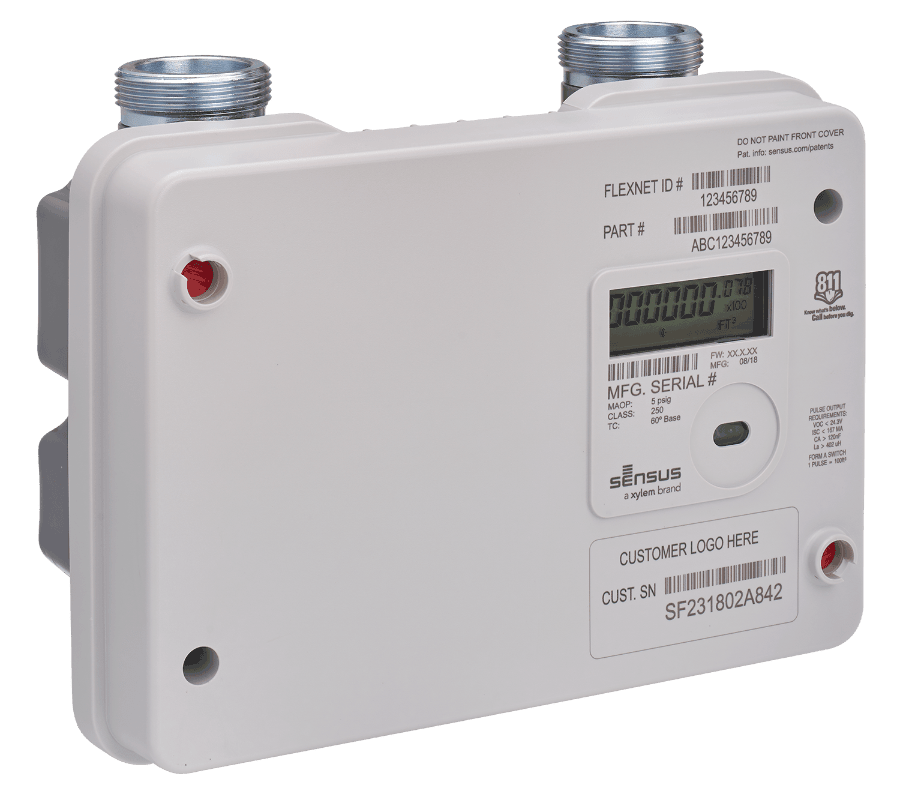
The Sonix IQ goes beyond meter reading to gather real-time consumption data that can be readily received and transmitted across the FlexNet® communication network. The new smart meter stores 90 days of hourly data – twice as much as its predecessor.
“Now utilities can viably upgrade their mechanical meters and separate communications devices to a single, solid ultrasonic meter pool and significantly reduce the staff time and costs associated with repairing and replacing meter parts, batteries and communications devices,” said Sensus Director of Global Gas Marketing Dan Bennett.
Read the news release to learn more about the new Sonix IQ and smart gas technology.

Reach Conference: Explore New Opportunities in 2020
This year’s Sensus Reach Conference in Anaheim was one for the books – here are a few highlights:
- 1,174 registrants, more than 50% of which were you, our customers
- 14 awesome food trucks at our Opening Reception
- 192 pounds of trash cleaned up by attendees at our first-ever Reach Watermark event at Bolsa Chica State Beach
- 226 total sessions, including 75 hands-on Learning Labs and more than 25 customer-led sessions
- 46 new SPAN members representing 14 new utilities
Thank you for your enthusiasm and participation through the conference. Next year we’re heading to Atlanta for the first Xylem Reach Conference, so mark your calendars for October 11-14, 2020. Registration is open now!
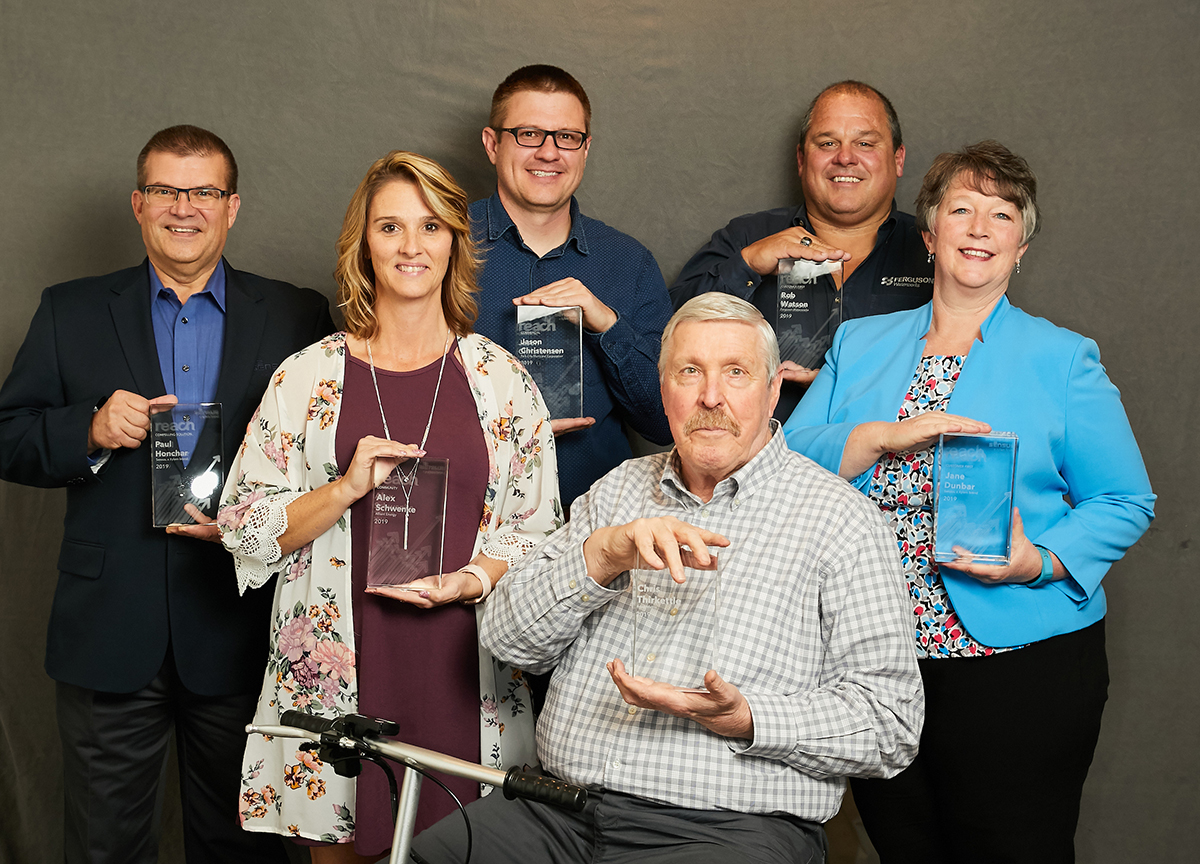
Meet the People: 2019 Reach Award Recipients
Sensus employees Jane Dunbar and Paul Honchar were recognized as two of our Reach Award winners.

Solution Project Manager Jane Dunbar received the employee Customer First award for her commitment to helping a large gas utility get the most out of their technology. Throughout this project, Jane has shown a true commitment to understanding customer needs. For the past year, Jane has worked directly with a Sensus customer in the process of installing 2 million Smartpoints who needed a Daily Reads solution. Jane has gone above and beyond her scope as a project manager – not only keeping the project on time, but anticipating customer needs and serving as their advocate.
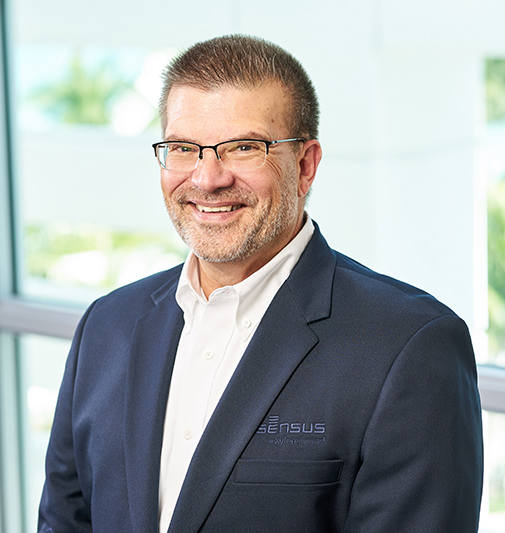
Paul Honchar, senior product manager was recognized with the employee Compelling Solution award for his work on the newly-launched Sonix IQ™ residential gas meter. Paul has spent four years working with the team to develop this game-changing meter that provides advanced smart sensing functions and improves operational efficiency and cost savings for gas utilities. He was nominated by his teammates because of his leadership and commitment in driving the Sonix IQ to market.
To learn more about Jane, Paul and all of our Reach Award winners, click here.
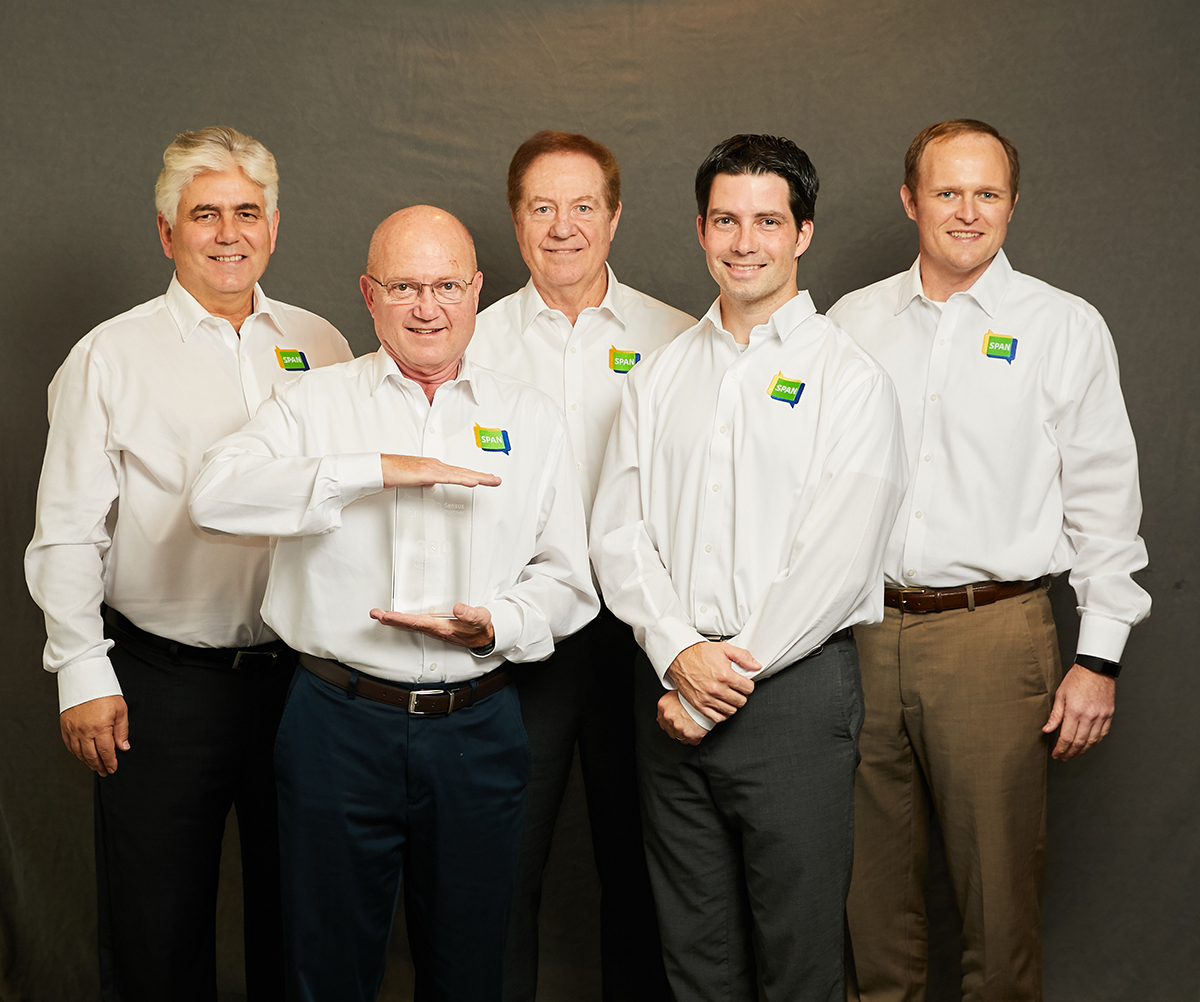
SPAN Corner: Get to Know the New Chairman
The Sensus Partner and Advisor’s Network (SPAN) is open to all Sensus customers and is an opportunity for members to exchange ideas and maintain an open line of communication with their Sensus team. Learn more about Chairman Kevin McCauley and SPAN’s goals for 2020.
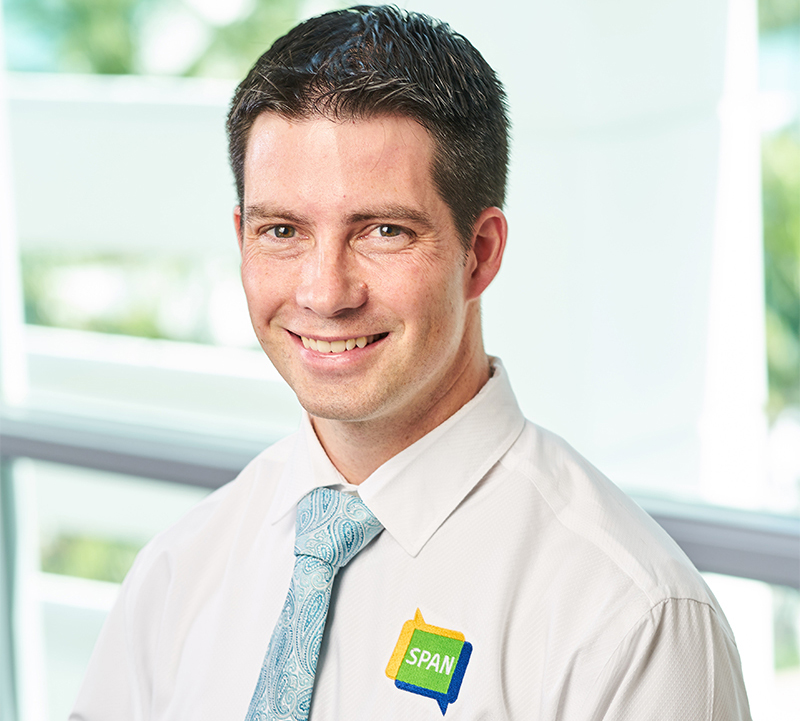
Kevin McCauley has been a member of SPAN for nine years and became the chairman at this year’s Reach Conference. Kevin is a registered professional engineer in Ontario, Canada and has recently taken on a new role as Chief Customer and Technology Officer at Utilities Kingston in Kingston, Ontario. He started at the utility focusing on metering and customer service functions and serving as Director, Networking before joining the senior leadership team. As a member of this senior leadership team, Kevin is responsibility for finding new technology solutions and improving the customer experience.
Kevin has watched the significant amount of growth SPAN has seen in the past two years. “For 2020, we have a vision of managing growth for member value,” Kevin said. “Our overarching mandate is to build credibility and deliver value to our members.”
As the new chairman, Kevin and the rest of the executive leadership team laid out four specific tactics to help SPAN achieve this goal:
- Working with Sensus liaisons on how SPAN can receive quarterly updates on the top five tech support issues that Sensus is receiving, so that all members are aware of challenges and recognize commonality in solution performance.
- Defining and documenting a process for SPAN engagement and input during product development, to generate solutions that utility customers need.
- Survey and document the ways in which SPAN provides value to Sensus to make sure both sides of the organization have an equal value in the relationship.
- Conduct a governance review to ensure that SPAN is structured to maximize member value and spur future growth of the organization.
SPAN Membership has grown to more than 225 member utilities. Learn more about how to join here.
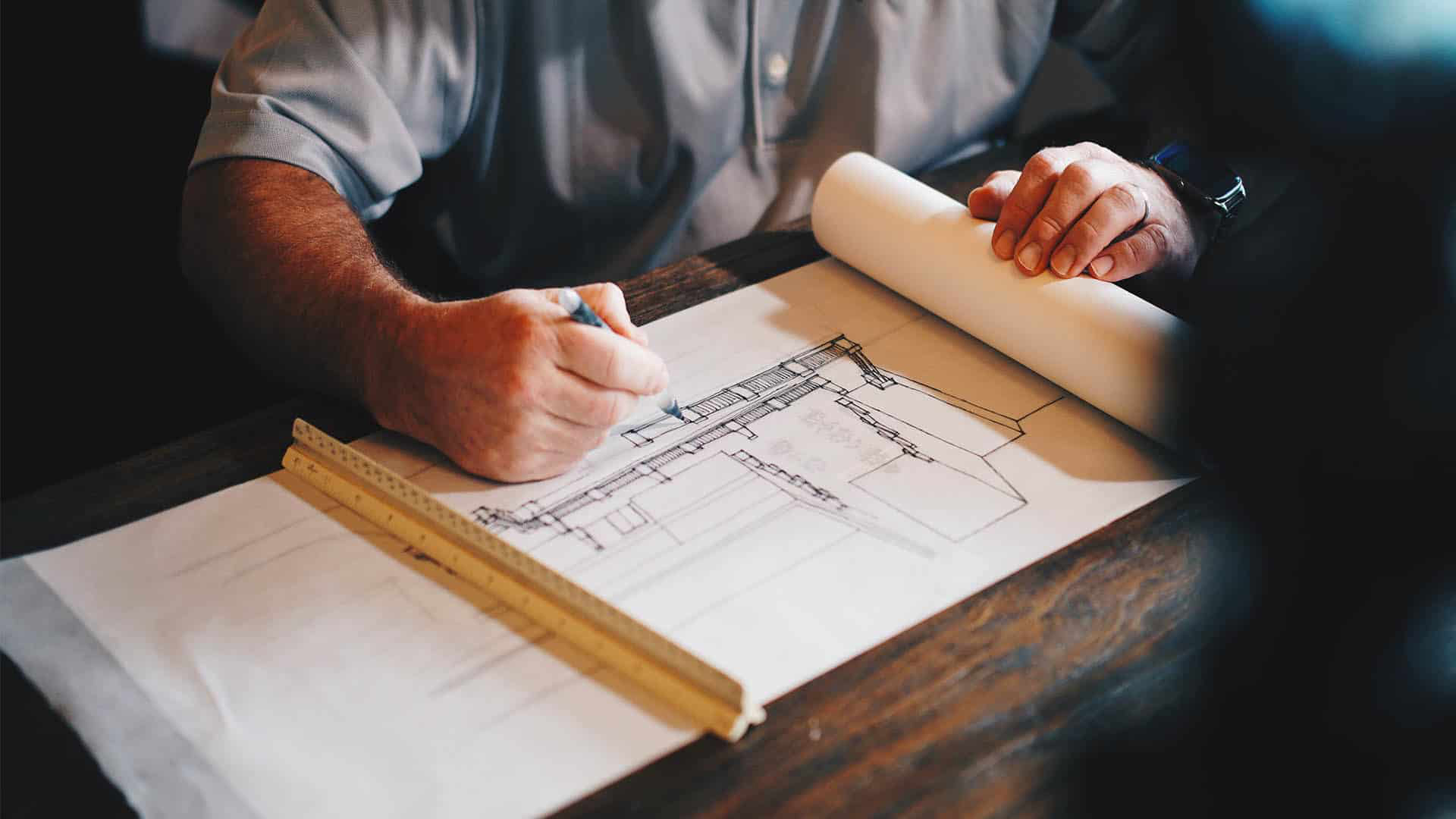
Sensus Blog: Combo Utility Dilemma: One AMI System or Many?
Written by Michael Logue, Director of Technical Content at Sensus
Providing customers with reliable water, gas or electricity is a key tenant for all utilities. Many face the added challenge of delivering a combination of gas, water or electric services. Being a combination utility adds a layer of complexity to an already complex business.
When looking for an AMI solution, there are still some combination utilities that focus on only one area of their business. This is a problem. Reasons vary, but it’s often as simple as siloed utility departments. Teams inadvertently focus on their own daily operational tasks and don’t do a good job of communicating with their counterparts on the other side of the business. This is a common issue that plagues companies, regardless of the industry.
By working collaboratively across operational lines, utilities can find one AMI solution that services the entire utility—saving millions of dollars over purchasing separate solutions for each area. It really isn’t much of a dilemma.
Here are a few things a combination utility should think about when selecting an AMI system:
Designed for combination utilities from the beginning
AMI systems are not created equally, and the differences are not always easy to spot. Some vendors cobble together multiple legacy solutions and combine them under one software overlay headend and market it as a “new” multi-commodity solution. In actuality, the applications underneath are completely separate solutions that have quite different characteristics and capabilities. Since they were not originally designed to be in one system, each of these sub-systems often has its own support team, code base, and product life cycle. This can result in issues over time for a utility.
I believe that the better approach for utilities is to seek an AMI, or Smart Utility Network, that is designed from the ground up to support any combination of solutions – gas, water or electric from the very beginning.
This approach offers four advantages:
- One AMI network designed for all endpoint types – enabling equal system support for each.
- Messages are all uniformly supported by the communication network.
- Equal encrypted message support for all endpoint types – ensuring secure communication across the network.
- A cohesive vendor support package with one level of care for all solutions.
Purpose-built utility communication network
Some of the communication networks marketed today were originally designed for non-utility applications. I think the best options on the market are networks that were purposely designed exclusively for utilities and their unique needs.
Here are three questions to think about:
- Has the current communication network version been around for a number of years, or is it new, unproven technology?
- Are there deployments in the field that have been successfully operated for several years?
- Have you asked utilities using the system if their deployments met the original business case?
Many utilities have told me that they don’t want to be first in selecting a new system due to the risk of it not working as advertised. This is a valid concern. Systems that have been in operation at utilities for years have proven themselves over time.
Two-way communication to ALL water, gas or electric meters
Many of the older walk-by, drive-by, and AMR systems were primarily used as one-way solutions. Today, full two-way systems are available that offer many more capabilities. These new functionalities expand the business cases that can be achieved—delivering more value for the system, utility and customers. Examples include pressure monitoring, remote meter switch operation, cathodic protection monitoring, and a huge uptick in data to support advanced analytics.
As combination utilities know well, it is very common for the geographic areas of different services to not align perfectly. Make sure to look into a vendor’s approach for servicing non-overlapping regions. For example, some systems are designed to bring back gas or water meter data via an electric meter. This approach can be problematic for areas where the utility does not provide the electric service. It results in service holes where water and gas communications underperform or don’t work at all. I think the better approach is to select a communication network that is able to communicate directly to water, gas and electric meters regardless of where each is installed.
Performance commitment for the life of the system
It is important to get a commitment for your AMI system’s performance. Select a solution that is highly functional now and will be for years to come. Look at a vendor’s history of supporting older endpoints and ask the question, “Are these asset types still supported on the latest and greatest system sold today to their new utility customers?”
I think it‘s also critical to have a network that offers the ability to add a vendor’s new solutions in addition to making sure that legacy endpoints are still supported. Utilities need a solution that can easily expand and grow over time as your needs and business cases change.
Wrapping it all up
Today’s AMI systems have much to offer. Picking the right one for your utility is important and will have lasting implications for your future utility growth and operational success. Here’s a blog that I wrote a few months back that talks about some of the questions you need to ask in an electric AMI RFP.
I hope you will find this feedback helpful as you move through your bid preparation process. Is there anything that I missed? If so, leave a comment, and I’ll address.
For more insights into smart utilities, visit the Sensus Blog.
Upcoming Events
In the News
Check out some of our most recent news releases and contributed articles.
NEWS RELEASES
- Utility Industry Leaders Capitalize on Opportunities to Connect, Learn and Grow at Annual Sensus Reach Conference
(October 3, 2019) - New Sensus Sonix IQ Gas Meter Goes Beyond Measuring With Smart Sensing
(October 29, 2019) - Nevada Utility Selects Sensus Technology for Smart Water Deployment
(November 21, 2019) - Sensus Reach Award Winners Recognized for Business and Community Impact
(December 10, 2019) - Sensus Recognized for Innovation at Smart Utility Summit
(December 12, 2019) - Grand Rapids, Michigan Keeps the Data Flowing with Sensus
(December 17, 2019)
ARTICLES
- Communications Through the Storm
(T&D World | October Issue) - Seal Rock Conserves Water and Advances Customer Service with Sensus
(Water Finance & Management | October Issue) - Migrating Away from Power Line Carrier Systems Understanding the "Why" and "How" Behind Transitioning to a Smart Utility Network
(Electric Energy T&D | October Issue) - Florida utility recovers 3.8 billion liters of unaccounted for water
(World Water | September/October Issue, pg. 41) - Utility Industry Leaders Capitalize on Opportunities to Connect, Learn and Grow at Annual Sensus Reach Conference
(Bloomberg | October 3, 2019) - Tech Dive: Why Smart Water Meters are Getting Smarter
(Aquatech | October 14, 2019) - Sensus announces ultrasound static water meter product
(Arabianindustry.com | October 22, 2019) - Measurement reliability, precision and quality. Why is iPERL the best partner?
(Smart Water Magazine | October 29, 2019) - New Sensus Sonix IQ Gas Meter Goes Beyond Measuring with Smart Sensing
(Bloomberg | October 29, 2019) - Elevating Infrastructure with Smart Water
(Water Finance & Management | October 30, 2019) - Ian Sykes (Sensus): "The water industry is in the eye of the storm"
(Smart Water Magazine | November 4, 2019) - Nevada Utility Selects Sensus Technology for Smart Water Deployment
(WaterWorld | November 25, 2019) - Truckee Meadows to Deploy 110,000 Automated Water Meters
(Smart Energy International | November 25, 2019)
About Sensus Customer Connection
Sensus Customer Connection is a quarterly e-newsletter focused on company announcements, initiatives, product information and upcoming events. It's also a place where you can learn from your peers and hear about how Sensus products and services help them achieve their organizational goals.
If this issue was forwarded to you and you'd like to receive future issues, you can subscribe here.
Share your feedback
We encourage you to get in touch with our team to share your success story. Contact Lindsay Hill and the next customer spotlight you read might be your own.